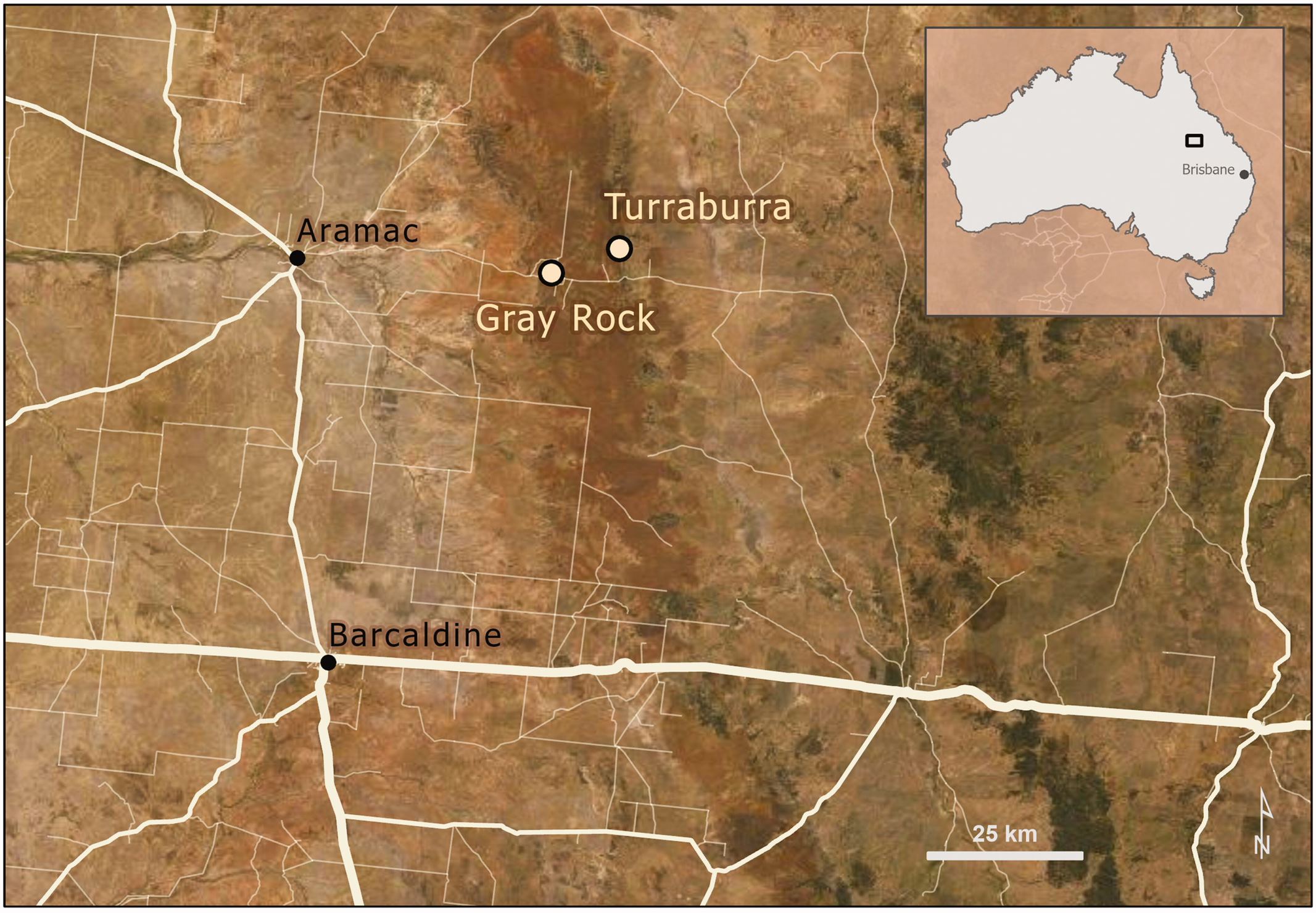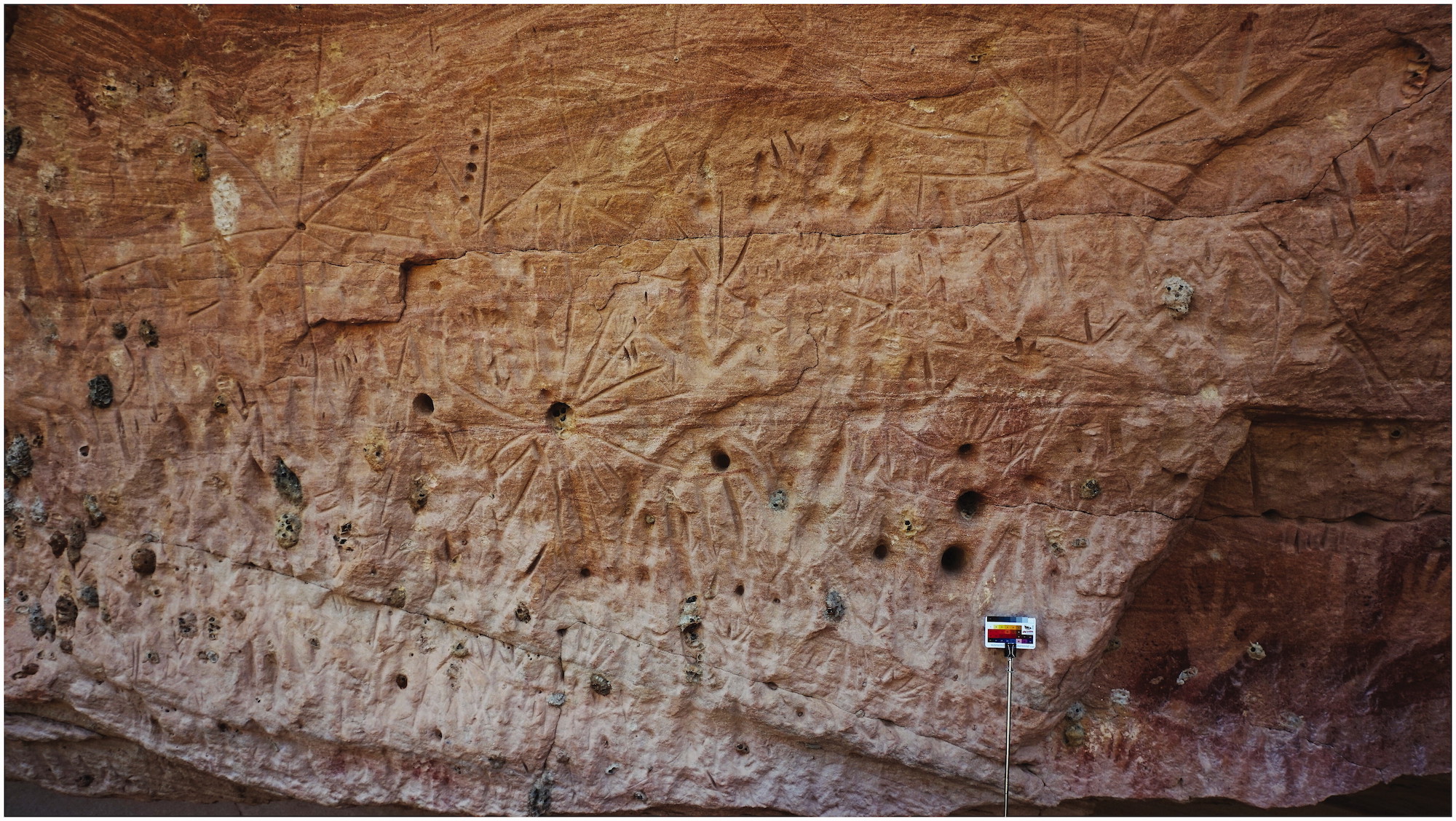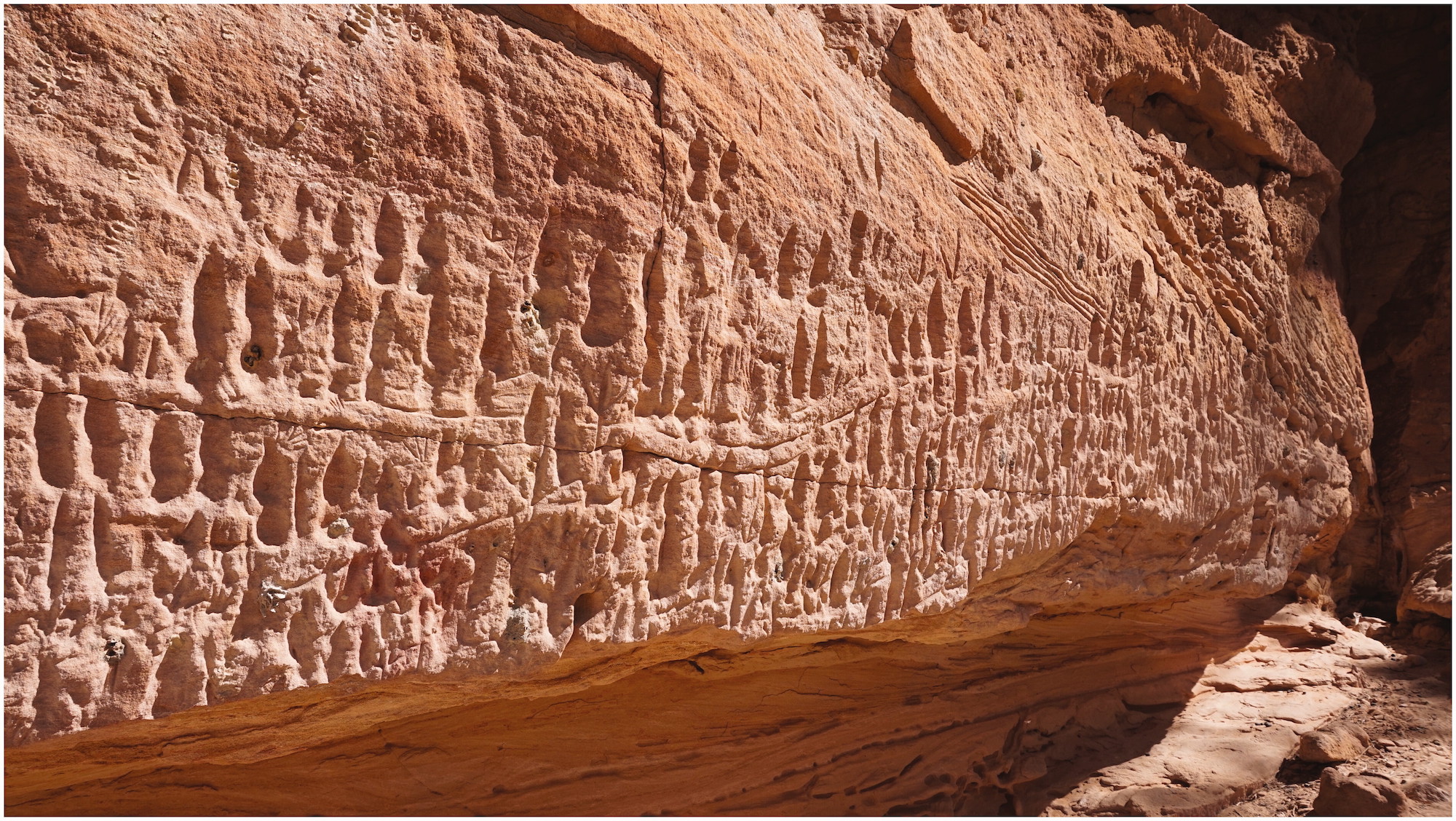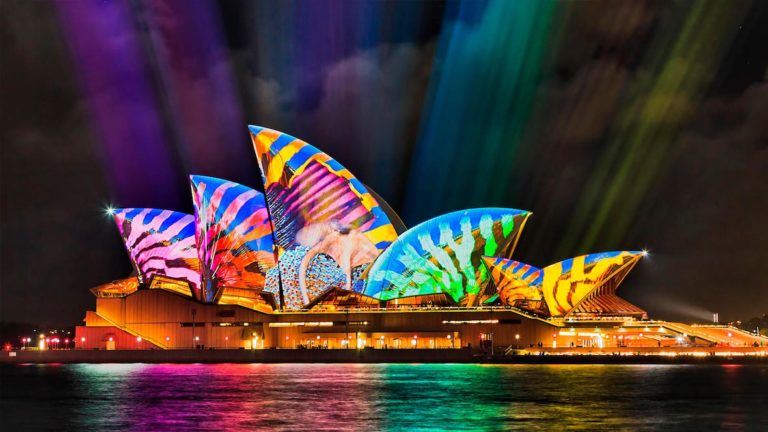
Minjerribah’s changing wetlands
Blending science and indigenous knowledge to improve understanding of Minjerribah’s wetland conditions and provide a means for their ongoing monitoring.
Australia has one of the largest inventories of rock art in the world with up to one-hundred thousand individual sites. Pictographs (paintings, drawings, stencils and prints) and petroglyphs (engraved, incised, pecked and pounded designs) are found almost anywhere that has suitable rock surfaces, such as in rock shelters and caves, on boulders and rock platforms.
First Nations people have been marking these places with geometric designs, figurative imagery, stencils and prints for tens of thousands of years with both the sites and particular designs remaining important today as a part of living culture and living heritage. The rock art reflects and expresses changing experiences within landscapes over time, spirituality, history, law and lore, as well as relationships between individuals and groups of people, other creatures, land and Ancestral Beings that are said to have created the world, including some rock art.
Recent research has shown that visiting, engaging with and caring for rock art sites enhances Indigenous well-being and damage or destruction of sites can severely impact on that.

Marra Wonga is a large sandstone rock shelter and art site near Barcaldine, central Queensland that has more rock markings than any other site in Queensland. There are estimated to be at least 15,000 petroglyphs, which are mostly animal tracks, lines, grooves and drilled holes, as well as 111 hand-related and object stencils spread across 160 metres. It is one of only four rock art sites associated with a Seven Sisters story and many story elements are represented with specific rock art designs, including seven engraved star-like designs seemingly made as part of a composition. Seven Sisters stories associated with the Pleiades star cluster and the Orion constellation are found across Indigenous Australia and throughout the world, with the oldest stories have been traced back to ancient Greece.
Although details vary, Seven Sisters stories the world over share many features including a Pleiades connection, the seven sisters being chased by men or a man, sometimes a hunter and/or clever man associated with Orion, who loved and/or lusted after one or more of the sisters. For Marra Wonga it is a clever man known as Wattanuri and there is an engraved depiction of him at the southern end of the site. He is a very important Ancestral Being with varying names in different languages across Australia. Some of the stories have an unpleasant or violent side, but it is said that the actions of the sisters and their pursuer in an ancient era of the Dreamtime led to the creation of landscape features across Australia that remain today.

There are at least 83 areas with stories of the Seven Sisters across Australia, many extensive Seven Sisters Dreaming Tracks, both related and unrelated, and hundreds of localities on and off the Dreaming Tracks associated with the Seven Sisters story. In Australia, sometimes restrictions on the stories are imposed by Aboriginal society, but this is not the case in other cultures. Most stories are common knowledge while others are only known by women and some only by men. All stories remain vitally important for First Nations people across Australia today, as evidenced by recent publications by a variety of authors and the highly successful ‘Songlines: Tracking the Seven Sisters’ 2017 exhibition produced by the National Museum of Australia and now travelling internationally.
Working closely with Iningai Traditional Owners, Griffith University and other archaeologists began the documentation of Marra Wonga in September 2020. In a recent article published in Australian Archaeology we describe, discuss and interpret some of the features of Marra Wonga from archaeological (etic) and ethnographic (emic) perspectives. It is very rare in the world today to have detailed ethnographic perspectives to sit alongside archaeological description, although in Australia we are fortunate that some remain strong, as with Marra Wonga.
Ten clusters of designs spread across the length of the engraved area of Marra Wonga appear to have been placed in a particular order, from south to north, although the designs were likely made at different times, with an accumulation of these clusters and other rock markings over time. However, the order makes sense for contemporary Aboriginal community members as different parts of a Seven Sisters Dreaming story, in the correct sequence. This consists of (1) an anthropomorph interpreted as Wattanuri by Iningai and other elders; (2) a snake-like design; (3) a cluster of engraved feet on the floor including those with six-toes; (4) an engraved ‘penis’; (5) seven star-like design cluster; (6) a long engraved snake; (7) two red boomerang stencils one above the other; (8) a red digging stick stencil, stencilled tips and possible ring pad stencil; (9) engraved human-like feet and dingo track; (10) an engraved star-like design.

The full interpretation and narrative can be found in our published article but is summarised as follows:
In terms of a narrative from south to north, and from one end of Marra Wonga to the other, the ten key elements of many Seven Sisters stories can be found in an ordered sequence that can be identified archaeologically through detailed recording and makes sense in terms of the contemporary community story for Marra Wonga along the lines of:
This could be embellished with more detail and different aspects of emphasis when people told the Seven Sisters story at Marra Wonga in the past, including reference to the macropod and bird tracks, hand stencils and other rock art, as well as natural holes and features of the rock wall.
All rock art sites have or once had stories associated with particular designs and the sites themselves, as well as the landscapes they are a part of. But we know of no other rock art site anywhere in the world with a narrative that runs across the entirety of the site. Today, Marra Wonga is a teaching site used to tell important cultural stories that are connected to many other places through the imagery and Dreaming Tracks, as well as a tourist destination managed by the Yambangku Aboriginal Cultural Heritage and Tourism Development Aboriginal Corporation (YACHATDAC), with whom we partnered for this research.
Marra Wonga is an extraordinary rock art site worthy of special protection, conservation and management given its many unique features. It is one of the most amazing rock art sites in Australia and definitely in my top ten!

 Distinguished Professor Paul S.C. Taçon FAHA FSA is an archaeologist and anthropologist, past ARC Australian Laureate Fellow (2016-2021) and Chair in Rock Art Research at Griffith University, Queensland, Australia. He also directs Griffith University’s Place, Evolution and Rock Art Heritage Unit (PERAHU) and is a member of the Griffith Centre for Social and Cultural Research and Griffith’s Australian Research Centre for Human Evolution. He has conducted archaeological and ethnographic fieldwork since 1980 and has over 93 months field experience in remote parts of Australia, Cambodia, Canada, China, India, Indonesia, Malaysia, Myanmar, southern Africa, Thailand, the Philippines and the USA. In December 2016, Prof Taçon was awarded the top award at the annual Australian Archaeological Association conference, the Rhys Jones Medal for Outstanding Contribution to Australian Archaeology. He also received the 2016 Griffith University Vice-Chancellor’s Research Excellence Award for Research Leadership.
Distinguished Professor Paul S.C. Taçon FAHA FSA is an archaeologist and anthropologist, past ARC Australian Laureate Fellow (2016-2021) and Chair in Rock Art Research at Griffith University, Queensland, Australia. He also directs Griffith University’s Place, Evolution and Rock Art Heritage Unit (PERAHU) and is a member of the Griffith Centre for Social and Cultural Research and Griffith’s Australian Research Centre for Human Evolution. He has conducted archaeological and ethnographic fieldwork since 1980 and has over 93 months field experience in remote parts of Australia, Cambodia, Canada, China, India, Indonesia, Malaysia, Myanmar, southern Africa, Thailand, the Philippines and the USA. In December 2016, Prof Taçon was awarded the top award at the annual Australian Archaeological Association conference, the Rhys Jones Medal for Outstanding Contribution to Australian Archaeology. He also received the 2016 Griffith University Vice-Chancellor’s Research Excellence Award for Research Leadership.

Blending science and indigenous knowledge to improve understanding of Minjerribah’s wetland conditions and provide a means for their ongoing monitoring.

Cyberbullying can be confusing and distressing for young people, but it is not often the case that youth actively hide bullying from those who care about them. Dr Jaimee Stewart identifies how parents can identify and intervene in cyberbullying.

New public artworks can again hold a mirror up for local communities that have changed in unexpected ways. They offer opportunity to celebrate differences and commonalities and reflect the lived experiences of communities navigating unprecedented change.